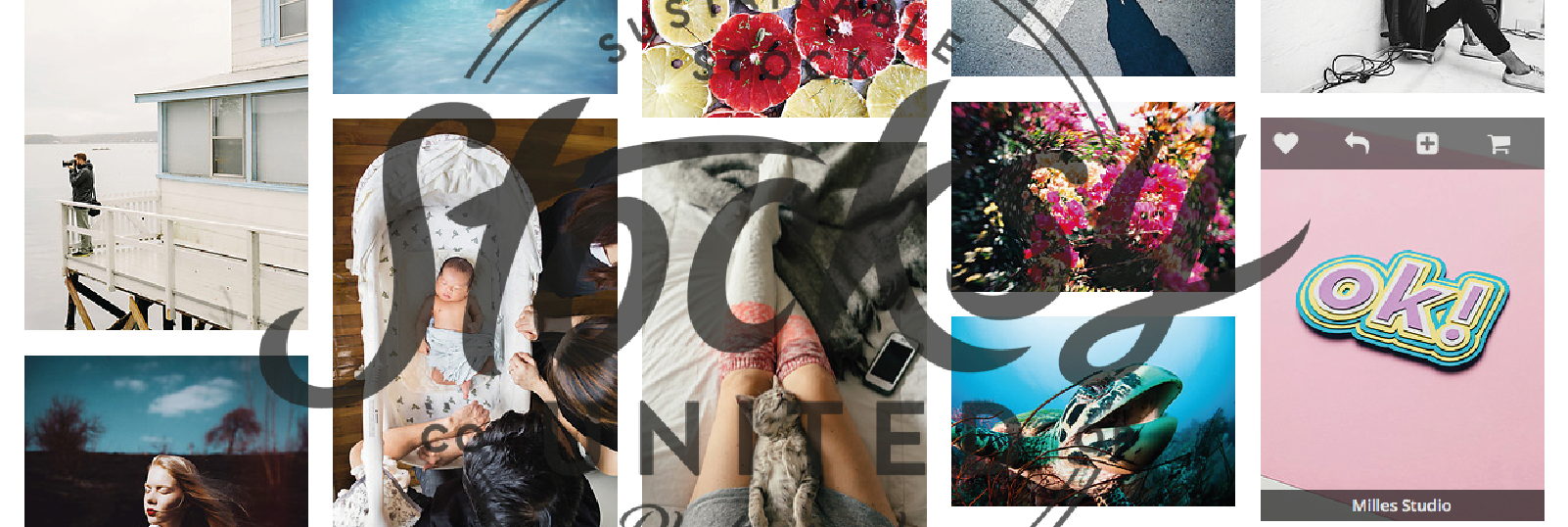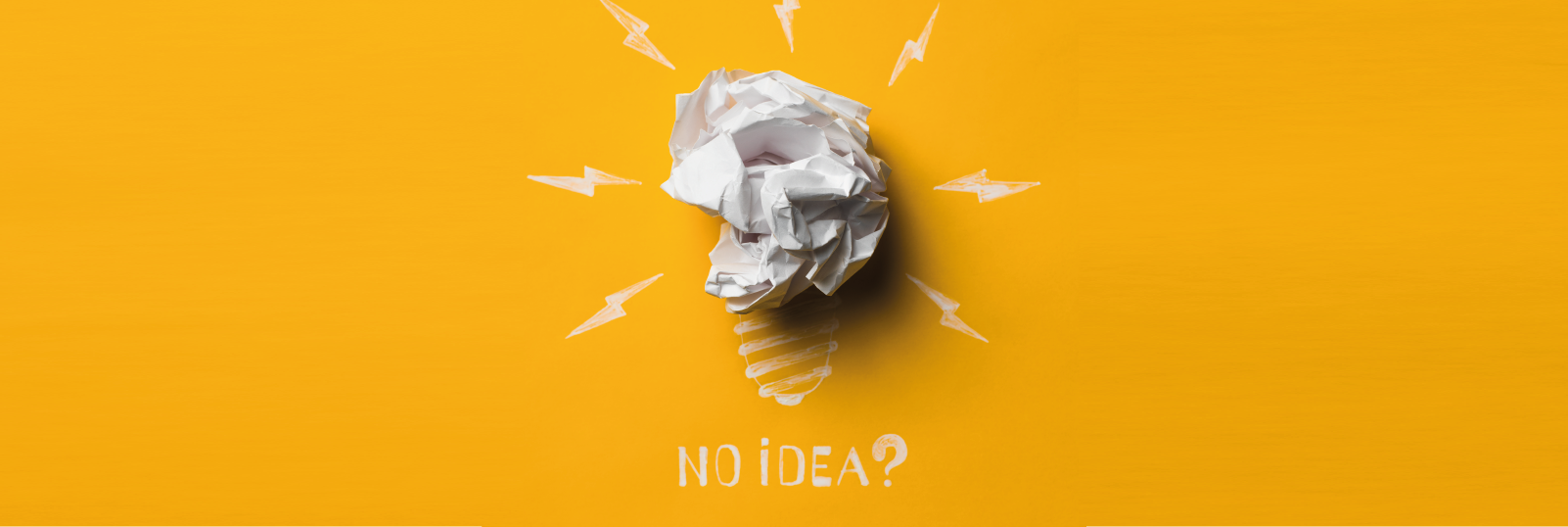Mar 13, 2016
“Stocksy United: What is?”
-
Kirill Kedrinski ,
Photostock

Stock photo site Stocksy, stock photo agency Stocksy, What is it? Such search phrases lead to our website and there are plenty of such queries. Let's try to answer this question.
Creators.
Bruce Livingstone is a pioneer of microstock photography. In spring 2000, he founded the world's first micropayment system stock photo site - iStockphoto. It was a unique business project for that time. Stock sites have existed before. Since those times, when there had not even been any rumours about the Internet. Stock photo agencies were offline. You had to visit offices with huge catalogues of selected photographers. They then moved online. However, licenses were complicated. It was necessary to select regions of product use, time of usage, exclusivity and so on. Prices started from a few hundred dollars and reached tens and hundreds of thousands of dollars for one image. Of course, not many could afford such budgets. Bloggers, information sites, small companies remained overboard. Bruce changed that. He made licensed photos available to everyone. So the first photo stock site appeared. The difference is not only in prices - a photo on microstock market can be bought for a few cents or tens of dollars. Also a distinctive feature is the fact that the Royalty Free license started being used. It's a super simple option, when you just need to buy an image and then you can use it without any restrictions. Of course, there are restrictions on the circulation and all, but they are such that in fact over 80% of buyers will never come to the limit of the license. In addition, while traditional stocks require exclusivity from the authors, microstocks authors can upload the same image to multiple stock sites and actually anywhere. Bruce Livingstone's project had become extremely popular, and 6 years later, in 2006, he sold it to a traditional stock site Getty Images for $ 50 million. Not bad, huh? After the sale Bruce remained CEO of iStock for some time.
Briana Wettlaufer was also one of the originators of iStockphoto. Back in 2003, when this project was starting off, in a garage in Calgary. She managed the creative direction. She was in charge of the stock site's collection and, in fact, she set the standards of the world's stock photography. Briana developed the process of image acceptance and set the bar for quality. In 2010, she also participated in the project Saatchi Art. There she also worked on the process of works' selection, improved user interface, worked with the author community to create the quality standards of the product. Her experience in the field of commercial photography is huge. It is the taste and passion for good photography that allowed her to become a co-founder of Stocksy.
Microstocks' problems.
However, every coin has two sides. Very quickly iStock attracted attention. Project-clones began appearing. Many photographers were appealed by the possibility of earning good money. Success stories started off. For example, Yuri Arcurs understood the prospects of working with microstocks in the right time. In proper time he also improved his photography skills. Being a psychologist by profession, a military man by experience – he went through the military conflict in Kosovo, he managed to create a real conveyor line of quality stock photography. Several studios around the world work for him, the number of retouchers has long exceeded 100 people. Yuri's company revenues are estimated to be millions of dollars a month. Of course, like in old America at the time, the gold rush started.
All this led to the fact that thousands of photographers from around the world appeared on microstocks. Most of them took a camera in their hands not long before registering on stock sites. As a result, by 2016 there has become more than 60 000 000 images in the collection of the biggest stock sites. From this incredible amount of work over 80% is just awful rubbish. Incredibly shoddy work. It seems that at some point the microstocks started competing who has a better lens :)
The consequences were sad for many. Yuri Arcurs just left microstocks and organized his own stock agency PeopleImages, where he established adequate prices for himself and buyers, as well as starting selling his images directly. Many worthy authors, who invest most of their income into development and quality of their product, began to receive less revenue because it was very difficult for buyers to find their images in the mad stream of greed-driven and useless rubbish. The authors began looking for other ways of earning money and the situation with the ratio of good to bad images has become even worse on stock sites. It influenced buyers also: tired of looking for decent work in the never-ending flow of rubbish, they began seeking other options. Microstocks started losing income. If you look at the shares of Shutterstock, they recently began trading on the stock exchange, we will see a gradual decline. 2013 - $ 22 per share, 2014 - $99, 2015 - $56, Now - $27. John Oringer - founder of Shutterstock and once a holder of a 2 billion fortune is losing money.
Such a situation needed such a solution, when a buyer would have been able to choose out of fewer works of higher quality, even if it cost more. One of the first solutions was apparently Yuri Arcurs' PeopleImages. His portfolio at the time of opening his stock site in May 2012 contained about 70,000 images. It's unlikely that it now exceeds 500,000. Selling 10 000+ photos on microstocks every day and earning tens of thousands dollars a day, he took a chance and it has paid off. Many of Yuri's regular customers went after him. This started to work as follows: those wishing to buy high-quality photos first look for them on his website and only in case they do not find anything suitable, go to microstocks. Thus, the Dane did not lose anything. Microstocks lost the highest quality and the most sold portfolio and a lot of greenbacks. So much that you and me have no idea!
Stocksy.
Stocksy also became one of the ways to solve the problem of microstocks. The changes affected everything. In short, Stocksy is a brand new stock agency, where authors are practically joint owners with shares of the cooperative. Authors can, and should, participate in polls, testing, decisions on pricing and everything else. Many authors are involved in the development of Stocksy one way or another. Some are controllers, who accept or reject images. Others develop their own projects like video direction. Others work with social networks. We, here, are trying to attract an audience and potential buyers not only to our portfolio, but generally to the website. Contributors receive most of the income. If on microstocks receiving 20-50% is already super, Stocksy pays up to 75% + bonuses.
Unlike Microstocks where you can get rejected for a very beautiful photo with imperfect technical features of small noise or the focus not on the eyes, highlights, bad light (for example, flares, solar flares and all sorts of backlights), Stocksy puts at the forefront the aesthetic quality of the work. Of course, they always ensure that the photo is of a technically good quality, but aesthetics is always in the first place. You can access the Stocksy website and see, for example, the favorites' feed (Curated). Actually, you can open Stocksy just to sink on lovely pictures a little bit, many of them you would just want to hang on the wall at home and look at them every morning, so that the day begins with something beautiful.
Whereas on microstocks authors are countless and nobody really ensures that they are professionals, on Stocksy there is a limit on the number of authors. The selection process is very tough and many very worthy people can't get in now. That's because the cooperative is also concerned about the absence of internal competition among authors. If you can do something great and there is nothing like it on Stocksy, you are welcome to join. If you can do something cool, such as food or lifestyle, sorry, there is already a number of authors who can do it cool also. This is an awesome solution in my opinion, although many people who could not get an account on this stock site would rightly disagree with me.
Photo selection is also quite tough. To be honest, sometimes it is also very harsh for us with our microstock habits. Sometimes there are problems with the selection and we upload too many works. As a consequence, many refusals, as it is important for Stocksy not to clutter up their collection. They select only the most important pictures that tell a story. For me, as a leader of our team, there is certainly a lot to learn.
To credit the Stocksy team, it is worth noting that despite the crazy workload, they find the time to communicate with authors. We have productively communicated with controllers on different topics several times already. Emails and over Skype. They try to give authors an understanding of their perspective and they go over the mistakes together. I won't lie - we have a lot of mistakes, but we try to develop as fast as possible and experiment with everything. I am very grateful to Stocksy because they pay attention to us and work with authors so closely.
The continuous development. We - the authors – have a lot of inside information available, which we cannot share with the public because of certain rules. However, we can see how fast the project is developing and how rapid is the growth of money and prospects. We know how many innovations are being done and are to be done in the future. It's worth paying tribute to how many plans are executed on time and the development of project warms the heart. I have never seen anything like it over the 9 years of photo experience.
So, Stocksy is the solution to the problems of Microstock Photography. This isn't just another stock photo site as many thought and continue to think now. It is a union of super-talented and committed photographers, run by passionate people who value the quality of the product, usability and human relationships more than money. It is a union of cool people who are open to communication. A union which makes you grow and make the product better. Lee Torrens - an old friend of mine, a leading analyst in the field of commercial photography, as well as just a great guy - until recently had not known that we have become lucky authors of Stocksy United. He wrote me something like: "You guys worked and developed in stock business and suddenly left?” I told him that we had not left and would not voluntarily leave Stock Photography. And told him that we had been just tired of making technically limited low-quality product with decreasing income and increasing amount of rubbish in the role of competitors. Sorry for the harshness, but that's the way it is. Us – professionals, who know the photo stock business inside out, are not very happy when beginners, who do not know the difference between an exposure and aperture, get in the way. I also gave him the link to our portfolio and he appraised how much we have grown in photo quality since the time we began working with Stocksy.
Our work began to look more professional. We began to experiment a lot with light. New tricks with image processing. Different attitude towards selection of models, themes, locations. We started having fewer staged shootings and more shootings of stories about real people. We started selecting images for sale in a different way. We began to work with film. Almost 1000 photos on sale are made on film. We began to appreciate emotions. Even if the photo looks a little strange, but the emotion is pretty damn natural, we choose this picture.
Conclusion.
At this point we ourselves do not fully comprehend what photos need to be taken and how, in order for almost everyone to accept them. We can't guess what is going to be in Curated and what is not. Sometimes getting in Curated turns out to be a surprise for us and a mystery, though almost 200 images have gotten in this feed in one year. There is still a long way to go for us as lucky Stocksy contributors, a long way of development, and I hope it will be endless, because there is no limit to perfection.
But we know for sure: Stocksy gives you the opportunity to create and not to make cliches. Stocksy gives an impetus to development and allows you to earn from what you love. What we all love. Stocksy inspires. Stocksy is a breath of fresh air for the Stock Industry, clean Alpine air in a stuffy room. Stocksy gave creative photographers a platform for earnings and development, and the buyers a good selection of great shots.
Thank You, guys, for being there.
The author - Kirill Kedrinski – CEO Milles
Follow us on our social media profiles!
Subscribe to our instagram!
Instagram @mill.es
|
100+ Fans |
10+ Followers |
 11.000+ Followers |
|
10+ Followers |
10+ Subscribers |
13 Subscribers |
THANK YOU FOR SUPPORT!
Please, Check your mailbox and confirm your subscription within 24 hours via attached link.
















Required